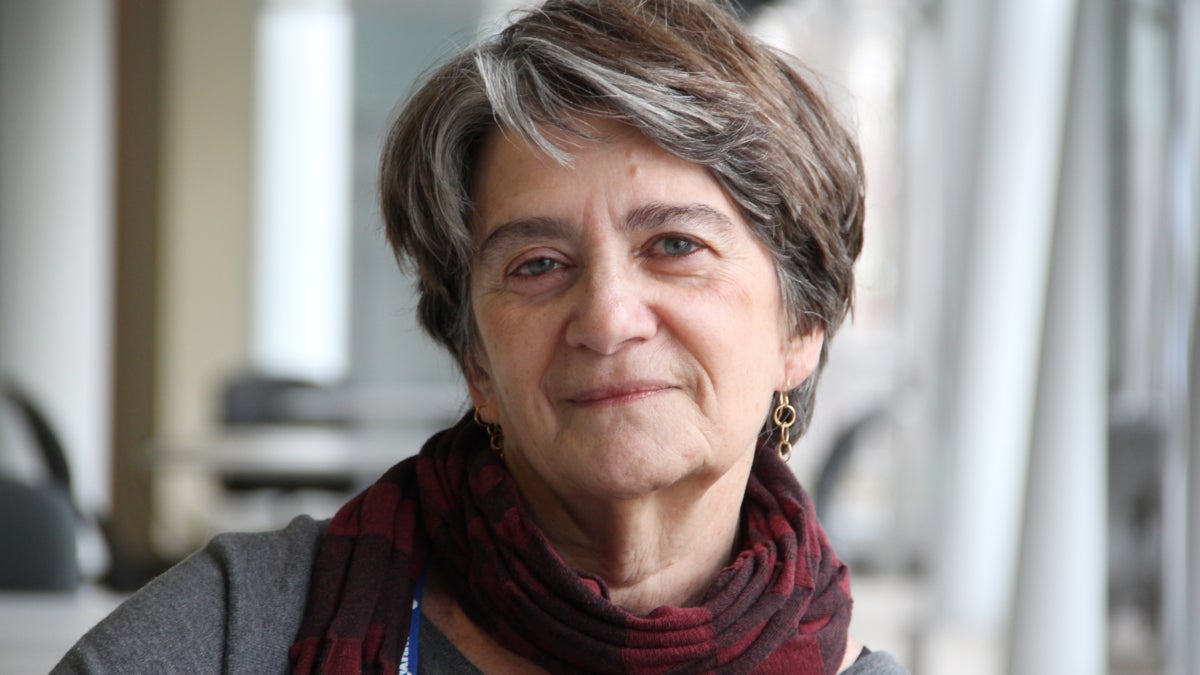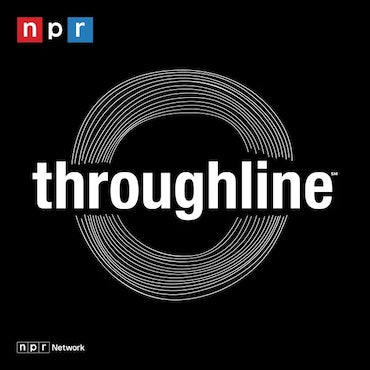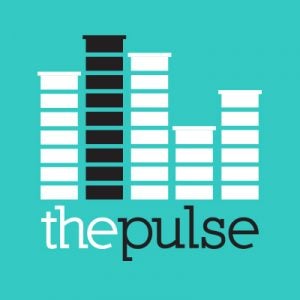Battling the communication barriers and isolation that often come with speech aphasia
Listen
Myrna Schwartz, a neuroscientist who runs a language aphasia research lab at the Moss Rehabilitation Institute, says self-imposed isolation is the toughest thing for speech aphasic patients to combat. (Emma Lee/for The Pulse)
On this week’s show, we heard from a 39-year-old woman about a series of strokes she suffered seven years ago.
It brought up a lot of questions about speech aphasia and how our brains bounce back from strokes, so we brought in Myrna Schwartz, a neuroscientist who runs a language aphasia research lab at the Moss Rehabilitation Institute, to explain what happens to our brains as a result of stroke. Below is a transcription of Pulse host Maiken Scott’s interview with Myrna Schwartz.
What exactly happens to the brain that causes these kinds of comprehension problems?
Aphasia is a disorder that affects language in all of its manifestations and that means that speaking can be affected, and often is, understanding language can be affected, reading, writing. Language is organized, produced usually in the left side of the brain in a form that’s almost like a mosaic, which is to say that different language skills are represented in particular areas and so depending on when the stroke hits, which particular tissues die, which are temporarily in shock and can subsequently recover, depending on all of those things, one can see a very different pattern of language impairment.
We hear so much about brain plasticity these days and the brain’s ability to change, to adapt. So what are the outcomes, typically, for people who are dealing with this?
It’s such a mysterious area. This is the reason why so much scientific research is going into this area now. First of all, because in contrast to the way things were when I entered the field 30 some-odd years ago, we now recognize that the adult brain has much greater plasticity than we ever thought possible. So now a great deal of research is looking at the question of how can we harness the brain’s plasticity in order to maximize recovery from stroke. That involves several steps. One step is to have a really refined diagnosis of what the language problem is so we can target behavioral therapies, the kinds of practice skills that are done in speech language therapy. Another thing is to understand exactly how the brain computes those specialized processes and what the capacity is of the residual tissue. So we’re studying how the tissue around a stroke sometimes recovers the function and how the tissue in the opposite hemisphere can sometimes contribute to recovery.
What are the biggest frustrations for people who are dealing with aphasia? It’s often when our language goes, it seems like we can’t be who we are, or people’s perceptions of us change.
Oh, by all means, that is so true. One tremendous universal frustration for people with aphasia, families living with aphasia, and those of us who work in this area is that it’s so poorly understood. So, for example, we estimate that a million Americans live with aphasia. Approximately the same numbers live with Parkinson’s disease and yet so much more is known about Parkinson’s disease than is known with aphasia. So one frustration is that when people encounter a person with aphasia, they don’t know what they are encountering. And because language is really the mirror on our thinking and our intelligence, there’s very often a misunderstanding that a person with a language problem has some sort of general, cognitive impairment.
When you talk to patients, what do you tell them in terms of the outlook to have, or how to cope with that and perhaps also, their families?
We know that plasticity is greatest in the months following a stroke and so it’s very important that people have speech language therapy for aphasia in those months following the stroke. But what we now realize is that recovery can go on for very long durations after that and recovery from aphasia is very much like learning a second language, if you will. If you stop doing it, you lose it, right? In order to keep it active, and keep the learning happening and keep improving, you have to keep working at it and that’s the main thing we tell families. The most important thing is to get back into life as much as possible. We speak all the time, we practice talking and listening, and communication is something we engage in all the time. The worst thing that can happen, and does happen, after a stroke is self-imposed isolation because of embarrassment. That’s the biggest thing that we have to combat.
WHYY is your source for fact-based, in-depth journalism and information. As a nonprofit organization, we rely on financial support from readers like you. Please give today.



